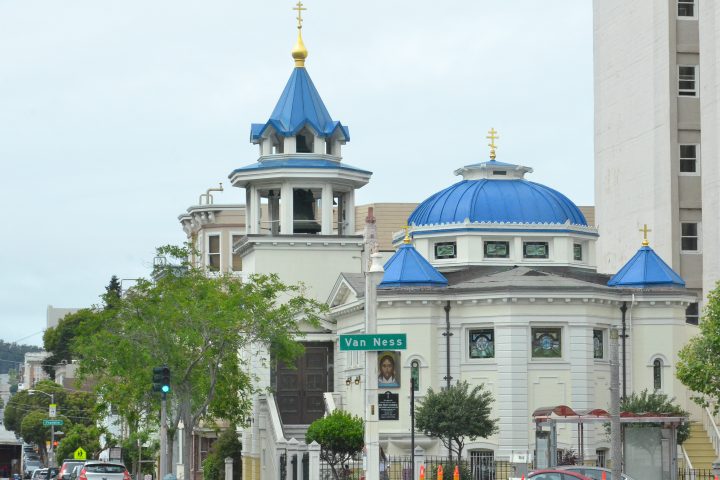|
The Autocephalous Orthodox Churches The Orthodox Church is a family of “autocephalous” (self-governing) Churches. These “Churches” are, broadly speaking, organized within geographic regions. The Orthodox “Church” is the Body of Christ characterized by absolute fidelity to the Apostolic tradition of the Christian faith. The Orthodox “Churches” are assemblies of local congregations, headed by their bishops acting in consensus regarding their administration. Parishes and Dioceses An individual Orthodox church – parish congregation – is not self-defined or self-governing. Rather, the parishioners and their priest worship and function under the oversight guidance of their diocesan bishop. An individual Orthodox “diocese” is comprised of the parishes within its geographic area. A diocese is not autocephalous, either, although it has a bishop who has authority to teach and administer and oversee its parishes. Each bishop is a member of a local “synod” which is a college, or assembly, of his fellow bishops within a region. These synods are organized together within a large geographic area – typically countries or nations – as “Churches.” Autocephalous Churches The Orthodox Churches are self-governing, national churches, united in faith and sacraments. The Orthodox Church is not a single entity but a communion of churches, each with its own head (Patriarch, Archbishop, or Metropolitan). These national Churches – such as, for example, the Greek Orthodox, Russian Orthodox, Serbian Orthodox, etc. – share the same theology and liturgical practices but remain administratively independent (autonomous). The number of autocephalous Churches has varied throughout history. The Church of Rome was once one of these but, after adopting traditions taht differed from those of the other Churches, is no longer regarded as an Orthodox Church. Throughout most of the history of the Church, there were five – later four, with the departure of Rome – autocephalous Churches, known as “patriarchates.” These are:
Today
there are sixteen Churches, the four ancient Patriarchates as well as the
following twelve national Churches:
The order of precedence in which the autocephalous churches are listed above does not reflect their actual influence or numerical importance. The Patriarchates of Constantinople, Alexandria, and Antioch, for example, present only shadows of their past glory. Yet there remains a consensus that Constantinople’s primacy of honor, recognized by the ancient canons because it was the capital of the ancient Byzantine empire, should remain as a symbol and center of church unity and cooperation. Autonomous Churches There are also “autonomous” churches which retain a canonical dependence upon one of the above-mentioned autocephalous – “mother” – Churches: Sinai, Crete, Finland, and Ukraine. Eparchies, or Provinces There are also ecclesiastical “Eparchies” (provinces) dependent on one of the above-mentioned autocephalous Churches. These assist in administering churches within the large Orthodox Diaspora scattered all over the world, divided among various “jurisdictions.”
In
the United States there are thirteen “jurisdictions” of the foreign,
national Churches cited above. These serve the needs of immigrants and
their descendants who wish to maintain a link to those countries and keep
their national customs. These include:
These
Eparchies in the United States function in communion with one another
and also with the autocephalous Orthodox Church in America as the
Assembly of Canonical Orthodox Bishops of the United States of
America.
|




